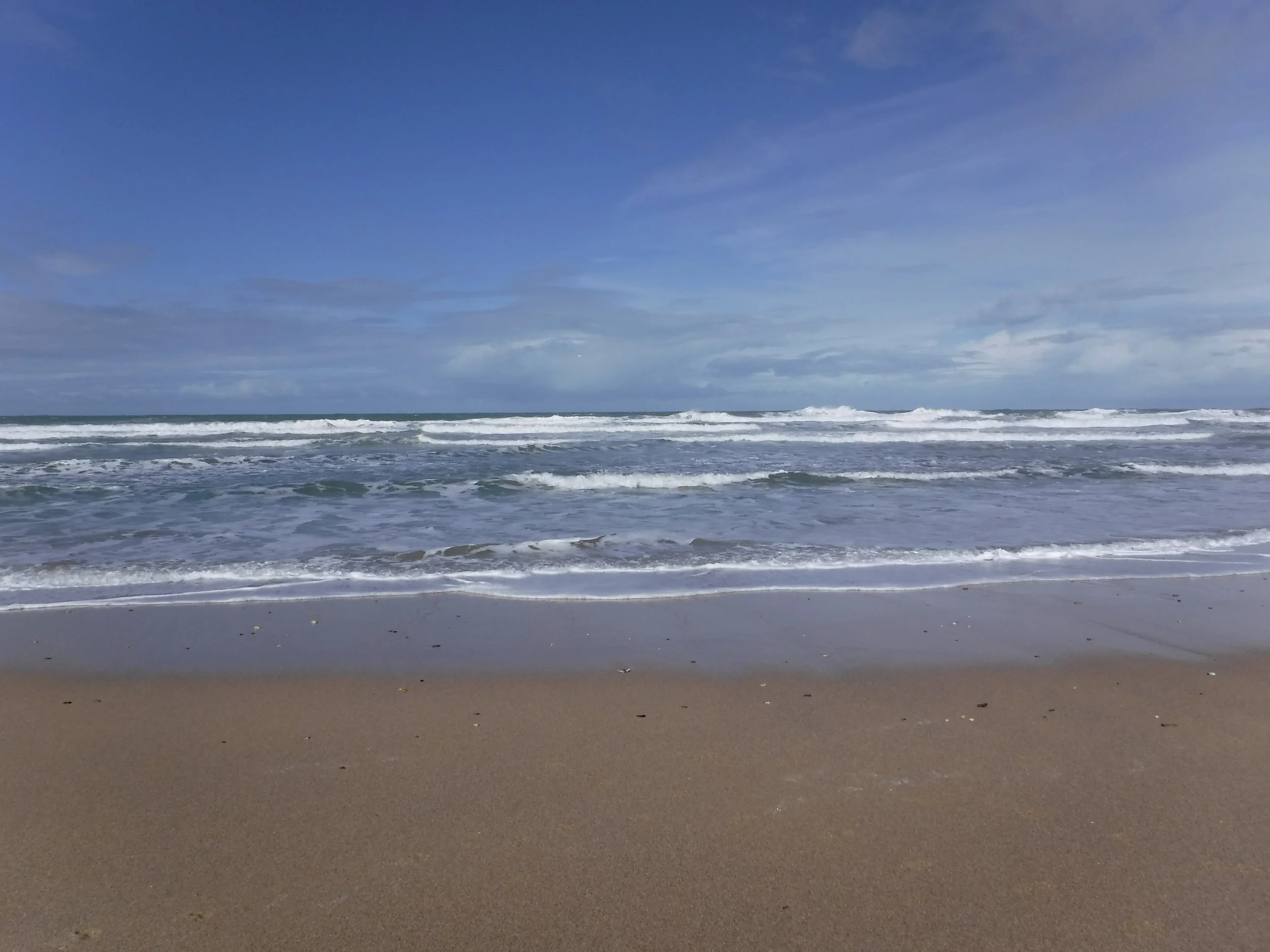Stranded dolphins found to have amyloid plaque (a hallmark in humans of Alzheimer’s) in their brains
An international team of scientists led by neuropathologist Dr. David Davies at the University of Miami Neurology Department found amyloid plaques, associated with Alzheimer’s in humans in the brains of stranded dolphins. An environmental toxin called BMAA, produced by Cyanobacterial Blooms was also found in the brains of the dolphins that had been stranded on the beaches of both Florida and Massachusetts. (Cyanobacterial Harmful Algal Blooms are dangerous to people, animals and the environment. Scientists believe that due to climate change waters are becoming warmer, this along with slower moving often stagnant water and abundant nutrients such as phosphorus and nitrogen, Cyanobacteria can grow to excess causing blooms). Previous studies have shown that dietary exposure to the Cyanobacterial toxin BMAA triggers amyloid plaques and neurofibillary tangles (both hallmarks of Alzheimer’s) in animals.
Ethnobotanist Paul Alan Cox at the Brain Chemistry Labs in Jackson Hole reports that the neuropathology and brain toxins in the dolphins are similar to those found in the brains of Chamorro villagers in Guam who suffered from an Alzheimer’s-like disease.
”The 64,000 question is whether these marine mammals experienced cognitive deficits and disorientation that led to their beaching,” said Cox.


